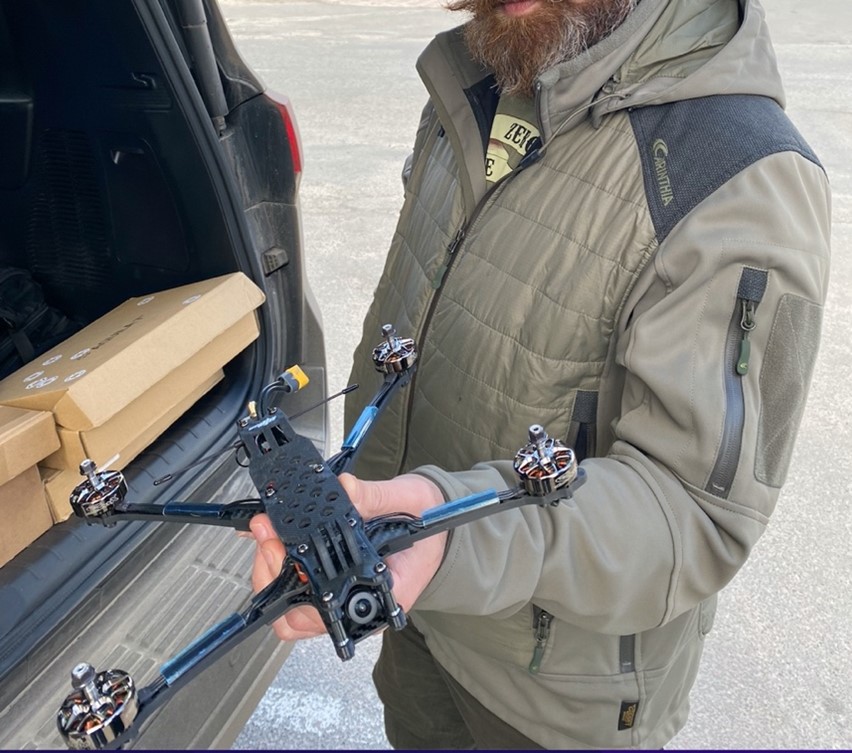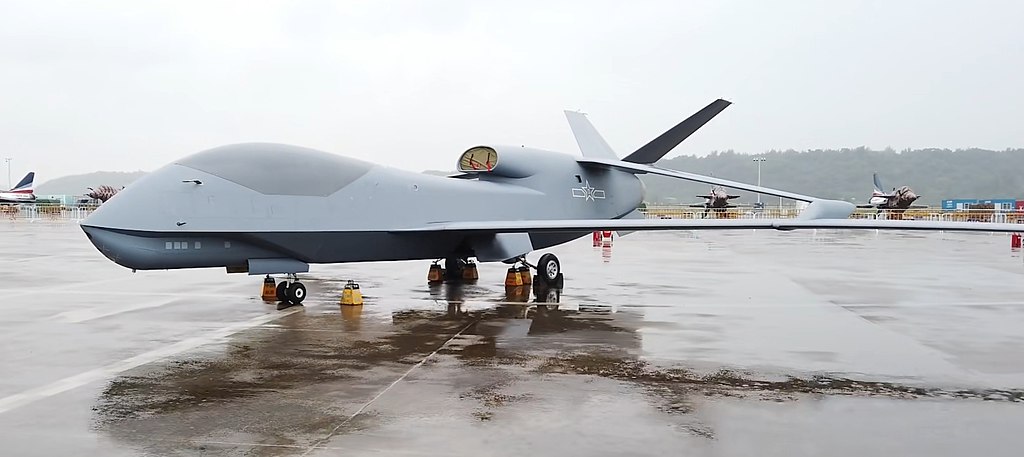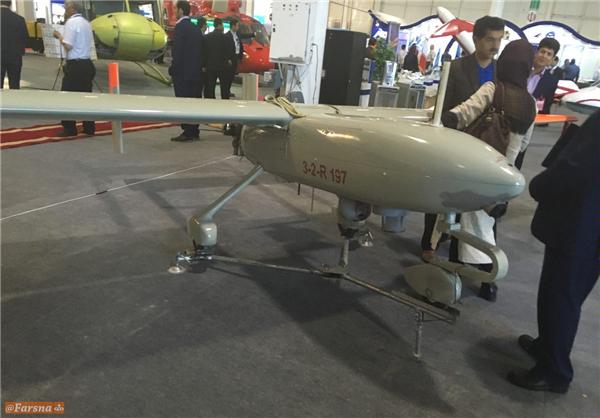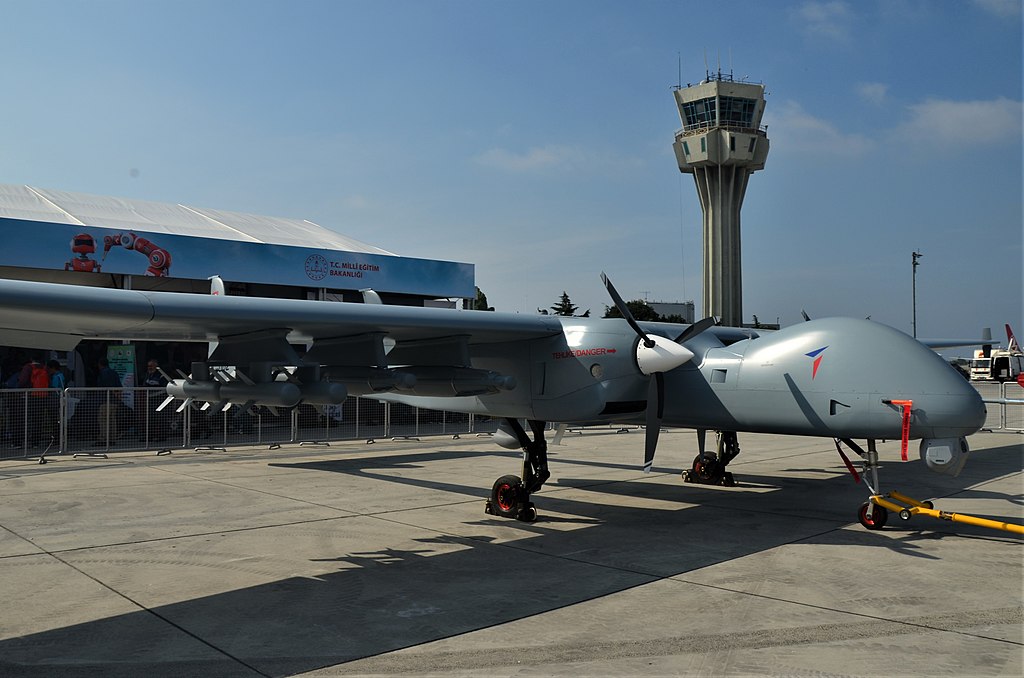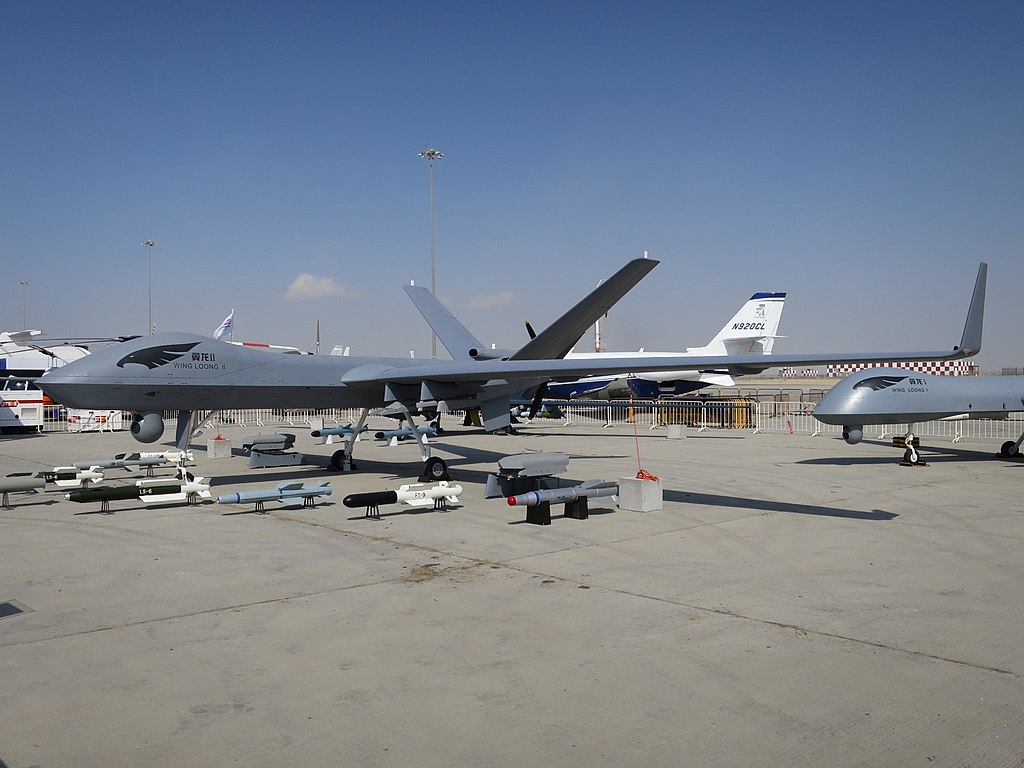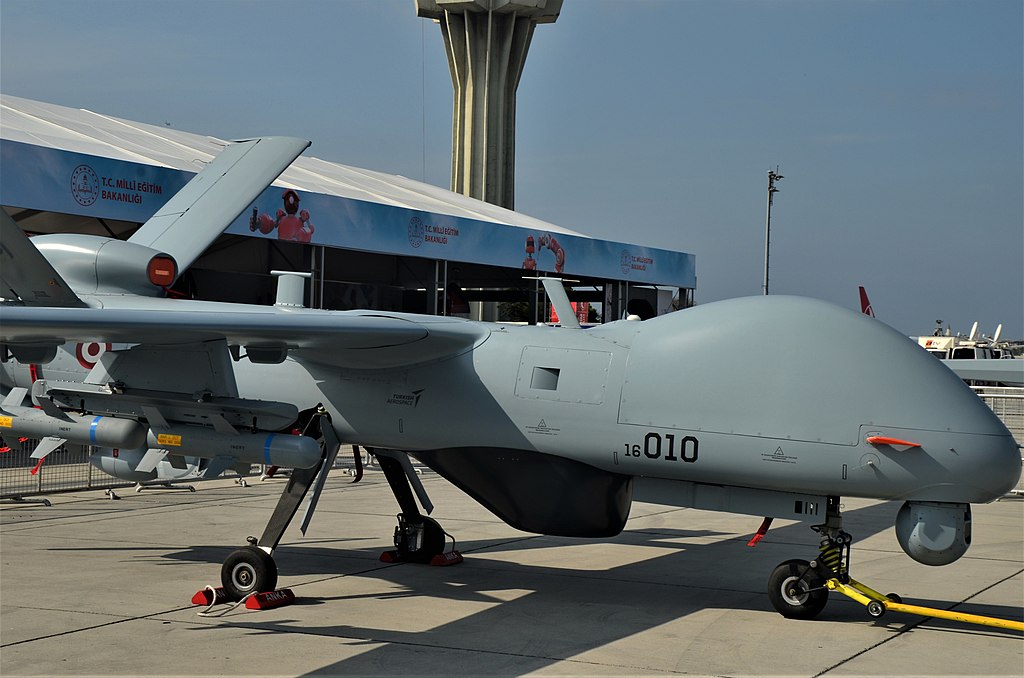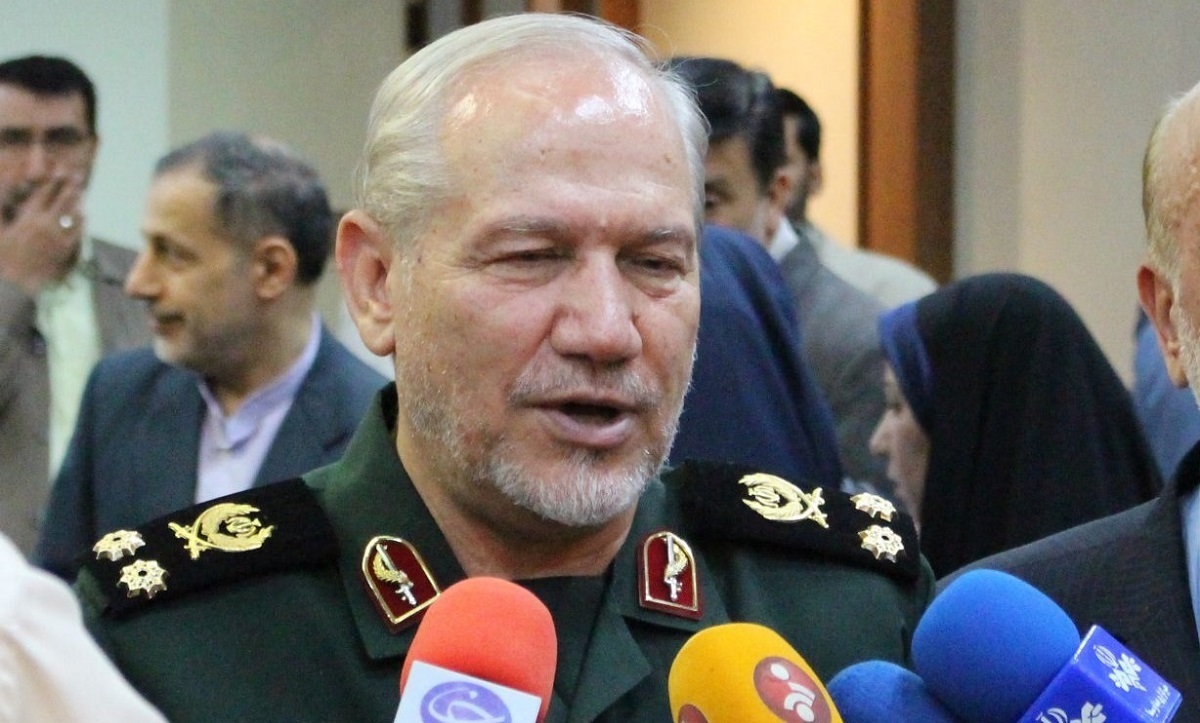
Maj.-Gen. Yahya Rahim Safavi, former commander of the Islamic Revolutionary Guard Corps, speaks about Iran’s new maritime strategy on the sidelines of a conference in Gilan on 8 November 2023.
“This scientific work of the Islamic Revolutionary Guard Corps-Navy will be important for other organizations involved in the maritime sector.”
In November 2023, Iranian Supreme Leader Ali Khamenei announced a new maritime development plan to jumpstart Iran’s “sea-based economy.” The next day, according to the excerpted article from the Iranian Ministry of Defense’s Holy Defense News Agency, former Iranian Revolutionary Guard Corps (IRGC) commander and senior advisor to the Supreme Leader, General Yahya Rahim Safavi, expressed at a maritime conference the value of Iran’s coastline and sea resources. His comments reflect how the IRGC will likely seek a central, organizing role in the implementation of the maritime scheme.[i] Safavi understands that government contracts to build ports, lay highways and railroads, and erect apartment blocks will funnel tens of billions of dollars into IRGC coffers. The participation of both civilian and military universities at the conference highlights academia’s close cooperation with the IRGC, which includes collaboration on Iran’s ballistic missile and unmanned aerial vehicle programs.[ii] Safavi also noted that the IRGC Navy (IRCGN) would play an increased role in offshore scientific missions, conducting operations in the strategic Strait of Hormuz and the Persian Gulf, where Iran’s oil and gas interests lie. The regular Iranian Navy, in contrast, focused on blue water operations in the northern Indian Ocean, Gulf of Aden, and further afield. For the IRGCN to take the lead on scientific missions gives it a reason to encroach on the regular Navy’s traditional area of operation in a way that may complicate the operational environment for other navies in the region. After all, the regular Iranian Navy tends to maintain professional relations, even with ships from countries with which Iran has no diplomatic relations.
Sources:
“Major-General Safavi: ‘Eghtesad-e Daryamahavar’ az bistarha-ye Tahaval-e Navin-e Eghtesad ast” (Commander Safavi: The ‘Sea-Oriented Economy’ is One of the Foundations of the New Evolution of Iran’s Economy),” Holy Defense News Agency (official news agency of the Iranian Ministry of Defense), 8 November 2023. https://defapress.ir/fa/news/629041
Major General Sayyid Yahya Safavi, senior advisor to the Supreme Leader, stated shortly before noon on Wednesday [8 November 2023], on the sidelines of the national conference on “Emerging Maritime Opportunities and Threats,” told journalists, “This conference has been organized by the Islamic Revolutionary Guard Corps Navy with the cooperation of several civilian and military universities and will continue for two days in Gilan. It is the culmination of a year of scientific study and research. About 300 papers were submitted from public universities and both military and governmental organizations, of which 30 were selected.
General Safavi, with reference to the Supreme Leader of the Islamic Republic’s emphasis on maritime policies, stated, “Iran is blessed with a coastline of 2,700 kilometers [1,680miles] in the south and along the Caspian Sea. There are 20 islands, and these islands provide a great opportunity for economic development, paying attention to the maritime economy, resolving economic bottlenecks, and solving the problems of the water crisis and producing renewable energy….”
The advisor to the Supreme Leader added, “We hope that by announcing the policies with a ten to 20-year plan, we can better focus on augmenting the private sector, encourage academic study, and adjust foreign policy to better attract investment in Iran. By having a codified plan to use the scientific capacities of the country, we can solve people’s problems according to the values and natural blessings of our country.Emphasizing the necessity of maximizing capacity of the North-South and East-West transit corridors through Iran, he added, “Producing renewable energy and bringing fresh water from the shores of the Oman Sea, the Persian Gulf and the Caspian Sea to the central plateau of Iran are other goals that will be pursued. This scientific work of the Islamic Revolutionary Guard Corps- Navy will be important for other organizations involved in the maritime sector.”
Notes:
[i] IRGC firms dominate Iran’s construction industry, road building, and port operations. For discussion about the IRGC’s economic work, see: Michael Rubin, “Iran’s Proposal To Build Railroads and Housing in Syria Could Enrich IRGC” OE Watch, 11-2022. https://community.apan.org/wg/tradoc-g2/fmso/m/oe-watch-articles-2-singular-format/429284
[ii] For background on other aspects of IRGC-university partnerships, see: Michael Rubin, “Iran: Preparing for Zafar III Satellite Launch” OE Watch, July 2019. https://community.apan.org/wg/tradoc-g2/fmso/m/oe-watch-articles-singular-format/312353
Image Information:
Image: Maj.-Gen. Yahya Rahim Safavi, former commander of the Islamic Revolutionary Guard Corps, speaks about Iran’s new maritime strategy on the sidelines of a conference in Gilan on 8 November 2023.
Source: https://defapress.ir/files/fa/news/1402/8/17/2245434_929.jpeg
Attribution: Defapress.ir

